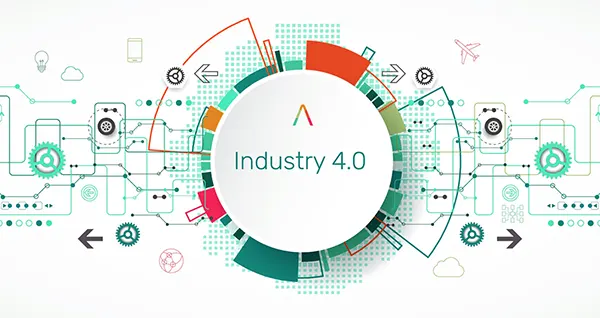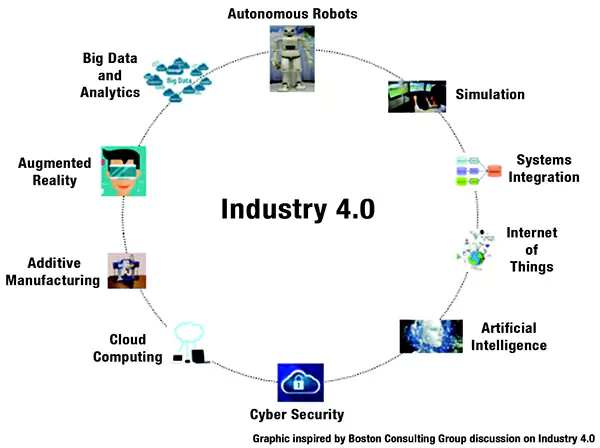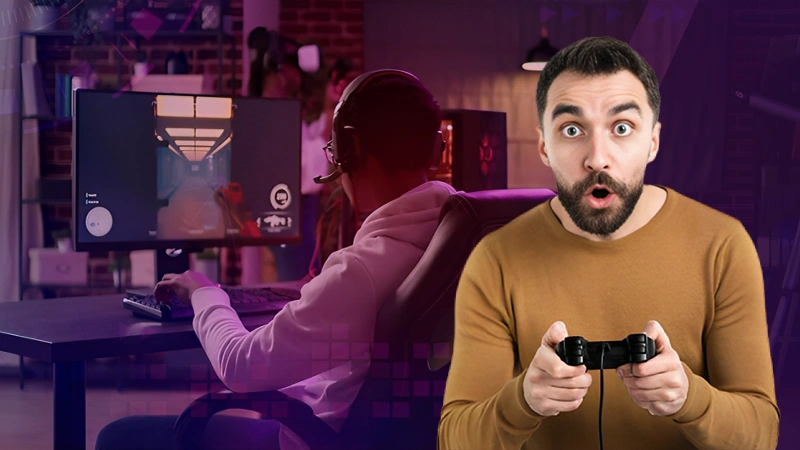Author
Alex Smith
Industry 4.0: Understanding The Role Of Robotics And AI In The Fourth Industrial Revolution

With the launch of the multinational digital casino https://vulkanvegas.com/de in Germany and Austria, it was time for online gaming casino sites to undergo serious legal scrutiny.
Since most jurisdictions had by then adopted strict regulations for digital gambling, online casino brands like Vulkan Vegas had to withstand enormous pressure to meet the new norms of 100% fairness and safety for users. This included awareness of responsible gaming, age restrictions, anti-money laundering parameters, data security, and many other factors.
In these circumstances, the wonders of this field such as robotics and Artificial intelligence-powered algorithms have not disrupted it, but instead have helped businesses and processes with greater precision and efficiency.
This is just one example of the vital role of automation in this revolution and smart production. More importantly, the goal of both modern technologies is to complement, rather than replace, intensive activities with automation, thereby reducing the inconvenience and errors associated with manually managing repetitive work.
This article further discusses the role of the 4th Industrial Revolution and how “industrial robots” are impacting the utility and functions of modern businesses.
Understanding Industry 4.0
It represents the Fourth Industrial Revolution (IR4), where the main focus is to implement “smart automation” throughout the production sectors. Thus, it is also called smart manufacturing. The core mechanism involved in the revolution includes the following:
- Internet of Things;
- Machine Learning;
- Artificial Intelligence and Robotics;
- Blockchain;
- Big Data;
- Business Intelligence.
The Internet of Things (IoT) is at the core of digital mechanisms, and cyborgs and automation function in tandem to improve the user experience for humans. While IoT interconnects machines, products, and systems, AI and robot usage automate the communication and collaboration between the network of devices.

The above graph shows the growth of the market size of Industry 4.0 over the years.
This paves the way for converging disruptive digital developments, like improved info and connectivity, highly accurate analytics, and more effective human-machine interaction.
To understand the true intentions and applications of this field, one has to understand the modern challenges associated with hazardous task-related activities, frozen planning periods, margin errors, and the overall experience of workers in executing complex repetitive tasks accurately.
Automatic technology and robot-based equipment can automate these processes on a wide scale and improve end-to-end visibility across the value chain.
Common Examples of AI and Robotics in Industry 4.0
During the COVID pandemic, a PubMed publication discussed 10 similar mechanisms, including IR4, that helped in solving the pandemic and virus-related problems. This included day-to-day updates about infection demographics, location-specific analytics, operating surveillance systems via wireless connectivity, and how medical stakeholders communicated on the cloud.
The capability to analyze complicated information more accurately than humans, to identify certain patterns and trends, and to execute automatic problem-solving goals: machines not only learned the hallmarks of efficiency but also automated them to optimize repetitive tasks. Below are stark examples of the idea:

- Collaborative Robots (Cobots): there are several examples of robotic machinery that assist in tasks that require strength or precision, leading to safer and more efficient mass-production environments.
Powered with key features like predictive maintenance, automatic technology quality control, and info analytics, this innovation can optimize supply chain management more efficiently.
- Autonomous Robots: These robots are capable of self-assisted mobility and function on pre-programmed operations guided by AI.
There are several examples of these machines that are used to automate material transportation within factories, warehouses, and distribution centers, and even autonomous rovers that are used in space exploration.
- Chatbots: The most intrinsic use of this innovation is to offer customer support through pre-programmed conversations.
Contrary to the popular concept of chatbots overtaking human jobs. They cannot answer complex, case-sensitive queries, which is why chatbots are best used as tier-1 support, freeing client-service teams to handle a more strategic approach that requires analytic thinking.
- Energy Efficiency: Robodynamics monitors and optimizes energy use in industrial facilities, resulting in financial savings and a lower environmental effect.
- Customized Production: Automated-driven customization enables the efficient and mass production of highly individualized items.
These were the examples of cyborgs in the newly revolutionized industry.
Applications of Robotics and AI in Industry 4.0
AI and robot-powered techs are expected to result in a 40% increased level of labor productivity by 2035. They enable humans to perform complex tasks with greater freedom and quality while also improving their comfort.
The International Federation of Robotics believes that less than 10% of jobs could be fully automated. These applications mostly facilitate repetitive tasks of info collection, analytics, identifying concerning patterns, and delivering specific solutions.
Even big digital casinos like Vulkan Vegas would use this innovative mechanism that could fetch vital information, such as win and loss rates, the number of failed deposits or successful withdrawals, total playing time, and gambling patterns.
Conclusion

All of the mentioned points play a big role in developing predictions that help improve the employee and customer experience and their relationships.
These fields are set to bring a new approach to the current workings and functioning of the corporate sector. This is predicted to grow more in the near future along with the evolution of the human beings







